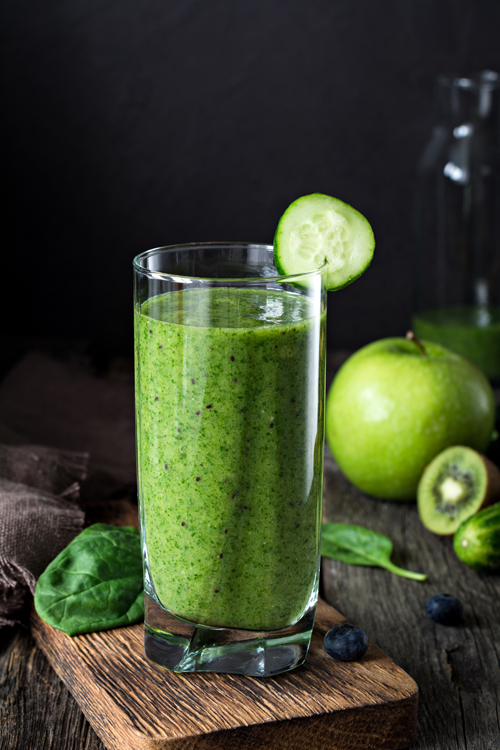China, the world’s most populous nation, is grappling with a growing health crisis. Rapid economic development and urbanization have led to significant changes in dietary habits and lifestyle choices, contributing to a surge in overweight and obesity rates. In response to these concerning trends, Chinese authorities are taking proactive measures to promote healthier food and beverage choices among consumers.
New Regulatory Landscape: Shanghai’s Nutri-Grade Pilot Program
In April 2024, Shanghai’s Municipal Health Commission launched a groundbreaking initiative: China’s first nutrition grading system for beverages. This pilot program, developed by the Shanghai Center for Disease Control and Prevention, introduces a “Nutri-Grade” labeling scheme similar to those implemented in Singapore and the United Kingdom.
Key Features of the Nutri-Grade System:
- Grading Scale: Beverages are rated from A to D, with A being the most nutritionally recommended and D the least.
- Evaluation Criteria: The system considers four key components:
- Non-dairy sugars
- Saturated fats
- Trans fats
- Non-sugar sweeteners
- Visual Representation: A traffic light color scheme (green to red) accompanies the letter grades for easy consumer interpretation.
- Scope: The system applies to both pre-packaged beverages and freshly prepared drinks sold in tea shops and cafes.
Grading Thresholds
To achieve a Grade A rating, beverages must meet the following criteria per 100ml:
- Non-dairy sugars: ≤ 0.5g
- Saturated fats: ≤ 0.75g
- Trans fats: ≤ 0.3g
- No artificial sweeteners
Grades B, C, and D have progressively higher thresholds for these components. The final grade is determined by the lowest-performing attribute.
Market Implications and Consumer Trends
The introduction of this labeling system aligns with growing consumer demand for healthier beverage options in China. According to GlobalData, the low-calorie soft drinks market in China is experiencing rapid growth, with volumes increasing at triple-digit rates between 2019-2022. This trend significantly outpaces mature markets like the United States.
Major brands, including Naixue, CHAGEE, and Starbucks, have already begun implementing these labels on their products and menus in Shanghai. Naixue reported that 63% of its consumers were opting for reduced-sugar purchases in 2023, a 10% increase from the previous year.
Regulatory Considerations for Exporters
- Localized Compliance: Companies exporting beverages to Shanghai must prepare to adapt their packaging and menu displays to incorporate the Nutri-Grade labels for products sold in this market.
- Product Reformulation: Brands may need to consider reformulating their products to achieve more favorable grades, particularly focusing on reducing added sugars, saturated fats, and artificial sweeteners.
- Market Positioning: The grading system may influence consumer perceptions and purchasing decisions in Shanghai. Exporters should strategically position their products, emphasizing health benefits where applicable.
- Potential Expansion: While currently limited to Shanghai, there’s a possibility of this system being adopted in other regions or nationwide. Exporters should monitor developments closely and prepare for potential broader implementation.
- Comparative Analysis: Familiarize yourself with similar systems in other markets (e.g., Singapore’s Nutri-Grade) to understand best practices and potential challenges.
- Documentation: Ensure comprehensive nutritional data is available for your products to facilitate accurate grading for the Shanghai market.
- Local Partnerships: Consider collaborating with local regulatory experts to navigate the new system effectively and ensure compliance in Shanghai.
Conclusion
Shanghai’s Nutri-Grade pilot program represents a significant shift in China’s approach to beverage regulation and public health at the local level. For food and beverage exporters, this initiative presents both challenges and opportunities in the Shanghai market, with potential implications for future expansion. By proactively adapting to these new standards, companies can position themselves favorably in an increasingly health-conscious Chinese market, starting with Shanghai.
Stay ahead of regulatory changes in China’s key markets. Contact our expert team today for a comprehensive analysis of how Shanghai’s new beverage classification system impacts your products and market strategy.
